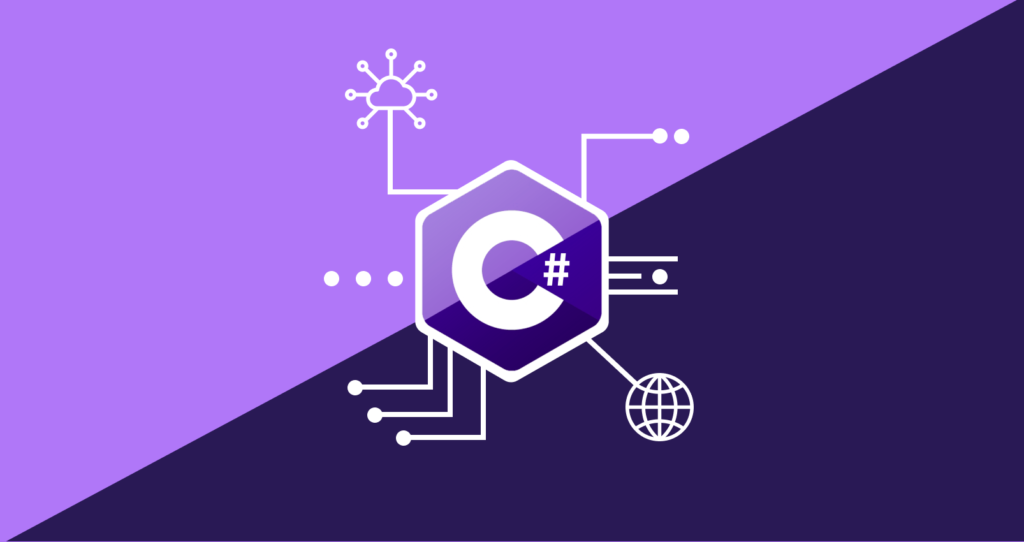Introduction
Welcome to the world of C# programming! Whether you’re a beginner or have some experience with programming, this article will guide you through the basic concepts of C# and help you get started on your coding journey. C# is a powerful and versatile programming language developed by Microsoft, and it’s widely used for building various types of applications, including desktop, web, and mobile.
Understanding C# Basics
Before diving into coding, it’s essential to grasp some fundamental concepts of C#. Let’s explore a few key concepts:
Data Types
In C#, every variable has a data type, which determines the kind of value it can hold. Common data types include integers, floating-point numbers, characters, strings, and booleans. Understanding data types is crucial for declaring variables and performing operations on them.
Variables and Constants
Variables are used to store and manipulate data in a program. They have a name and a data type associated with them. On the other hand, constants are similar to variables, but their values cannot be changed once defined.
Control Structures
Control structures allow you to control the flow of your program. Some common control structures in C# are if-else statements, loops (such as for and while loops), and switch statements. These structures help you make decisions and repeat actions based on specific conditions.
Getting Started with C#
Now that you have a basic understanding of C# concepts, let’s get started with coding in C#. Here are a few steps to help you begin:
Step 1: Set up Your Development Environment
To write and run C# code, you need a development environment. The most popular choice is Visual Studio, an Integrated Development Environment (IDE) provided by Microsoft. You can download Visual Studio from the official website and install it on your computer.
Step 2: Create a New Project
After installing Visual Studio, open it and create a new project. Select the type of application you want to build, such as a console application or a Windows Forms application. Give your project a name and choose a location to save it.
Step 3: Write Your First C# Code
Once your project is created, you’ll see a code file with the extension “.cs”. Open this file and start writing your C# code. For example, you can write a simple program that displays “Hello, World!” on the console:
using System;
class Program
{
static void Main()
{
Console.WriteLine("Hello, World!");
}
}
Step 4: Build and Run Your Program
After writing your code, you can build and run your program. Click the “Build” button in Visual Studio to compile your code. If there are no errors, click the “Start” button to run your program. You should see the output “Hello, World!” displayed on the console.
External Resources for Further Learning
If you want to deepen your knowledge of C# programming, here are some external resources you can explore:
Conclusion
C# is a versatile and powerful programming language that opens up a world of possibilities for developers. By understanding the basic concepts and following the steps to get started, you can begin your journey into the exciting world of C# programming. Remember to practice regularly, explore additional resources, and never stop learning. Happy coding!

